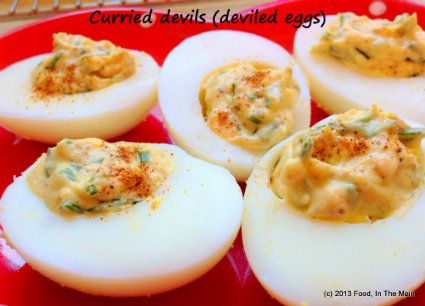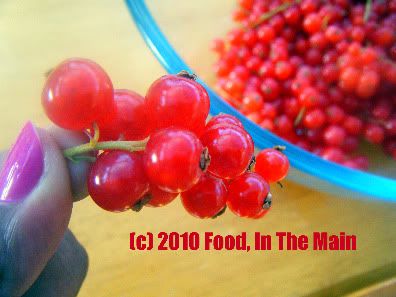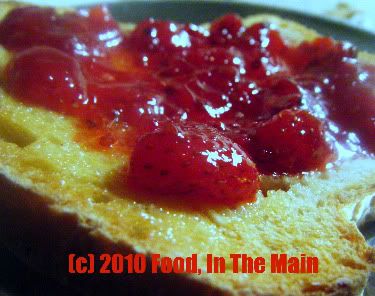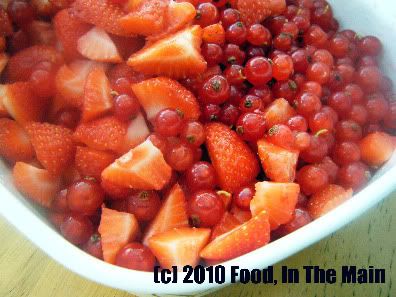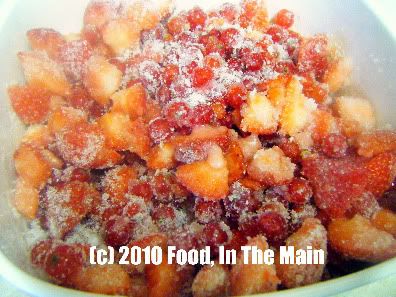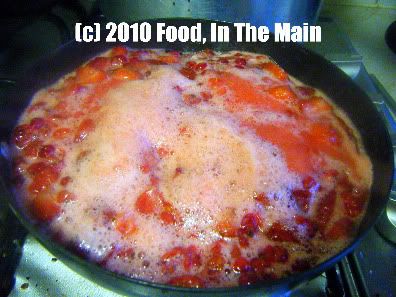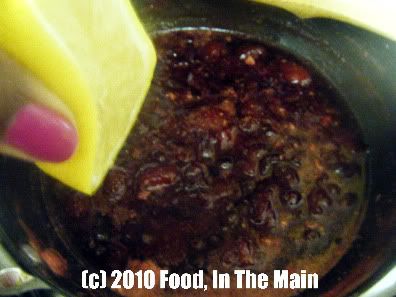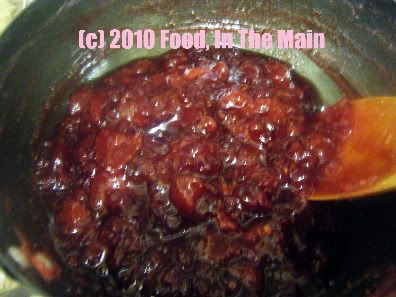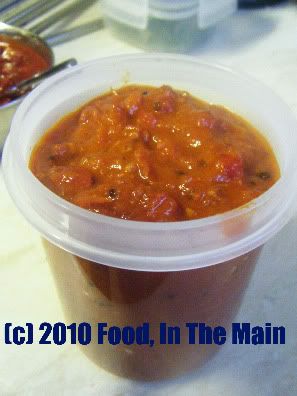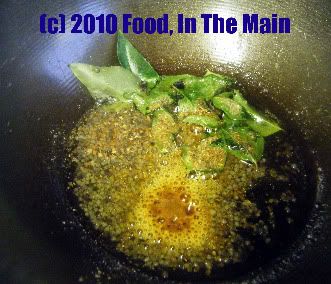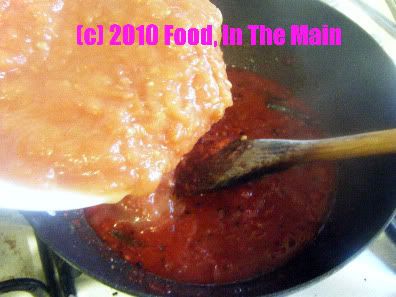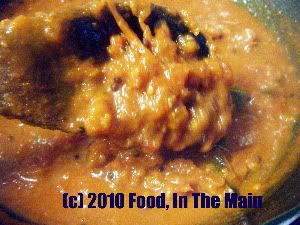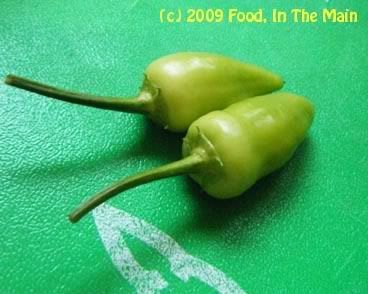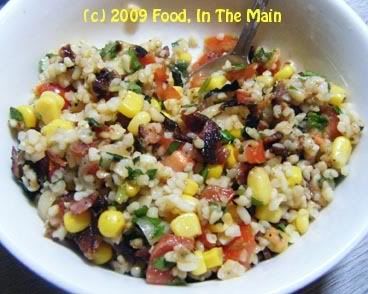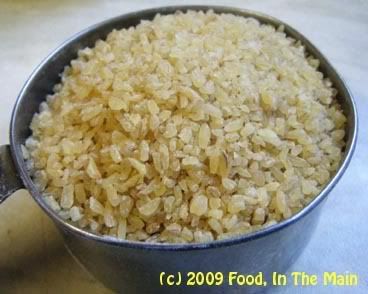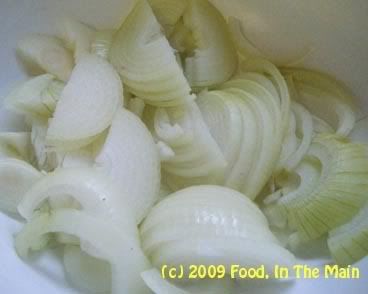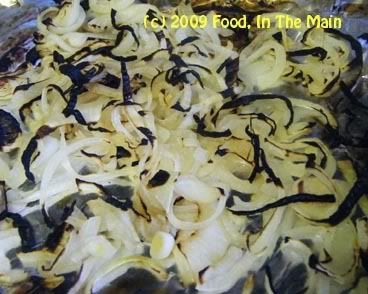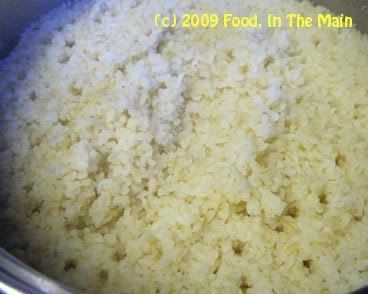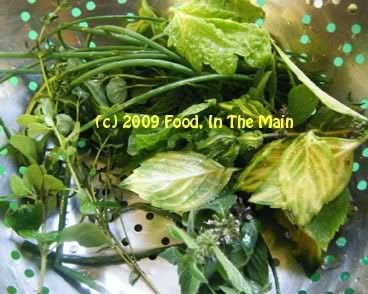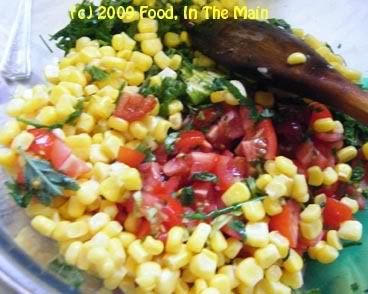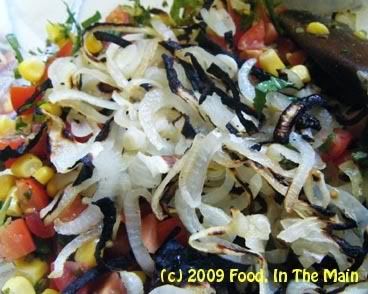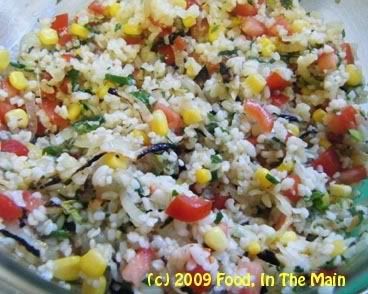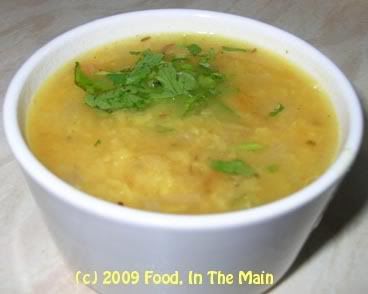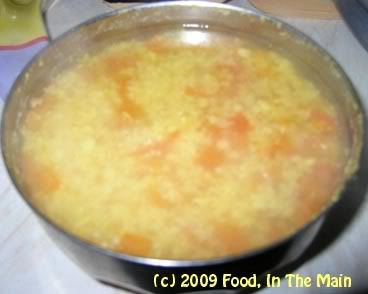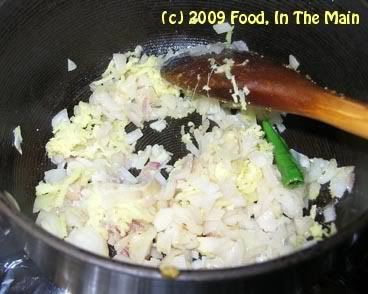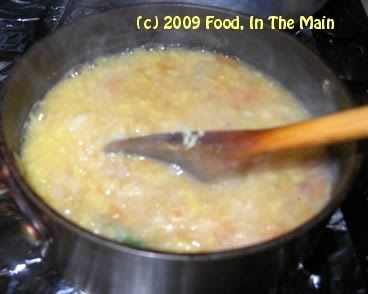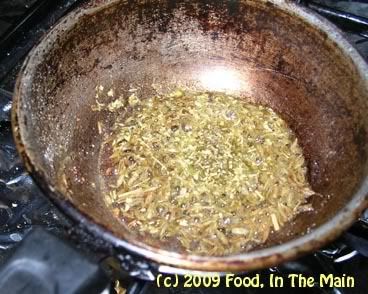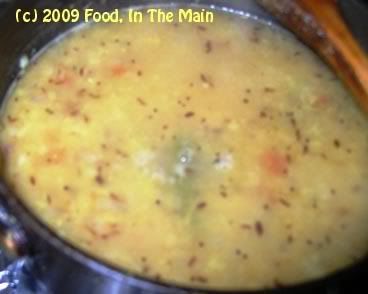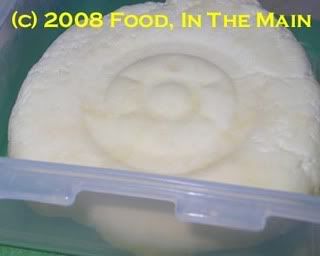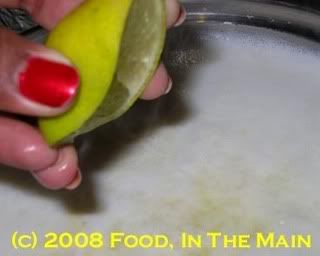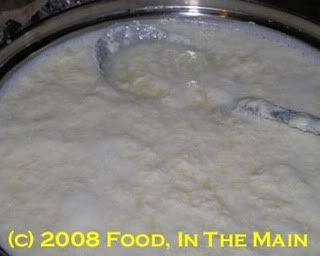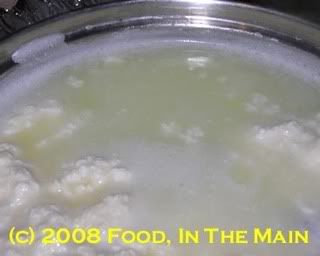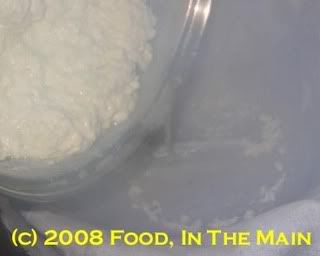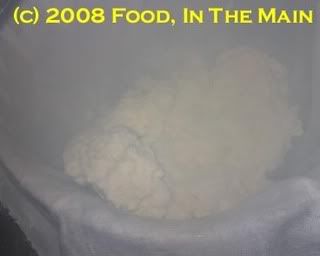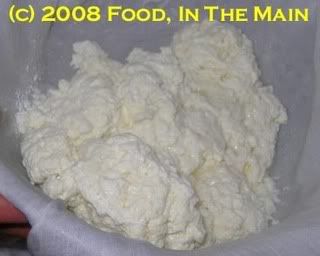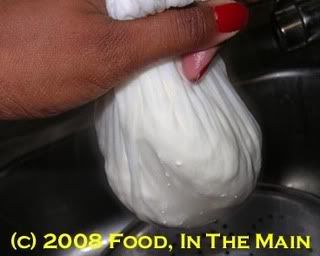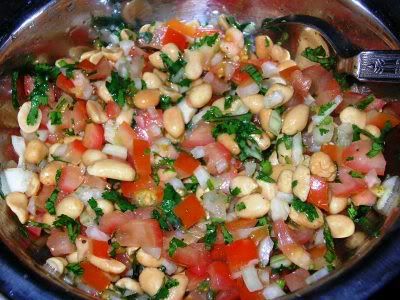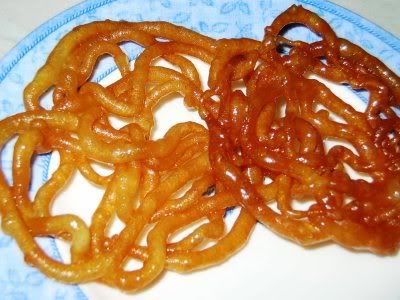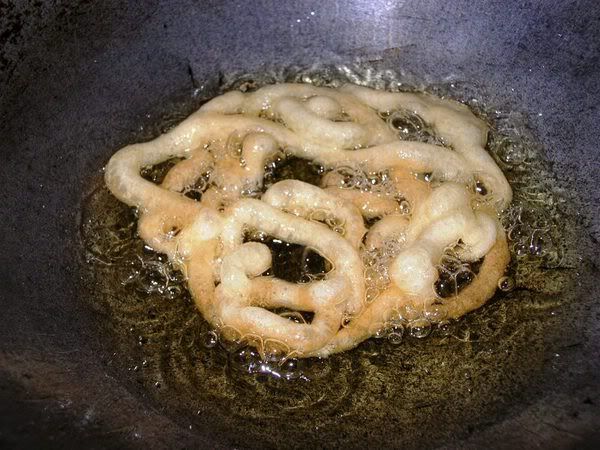Are you wondering why this recipe is described as a lemony vegetable rice rather than a vegetable-y lemon rice? Well, why ARE you wondering that? Which of the two do you think is catchier? Welllll??? Yeah, I thought so too. Now you know the intricate thought process behind the title of this post.
I could tell you about how I arrived at all my other post titles too, but you might get bored, and the last thing I want is for my little audience to be bored. Boredom is not the right reward for dogged faithfulness, is it? So let’s just say that the reasoning for any or all of them is usually not far off that for this post. I mean, if I were to tax my brain for the title, what would I do for the main body of the post?
Actually, the answer to that is: Probably what I’ve just done so far.
There it is, peoples of the world. I save my deepest thoughts for finding a cure for an itchy nose, not for blog posts or their titles. That, right there, is the naked truth. Not particularly exciting for something that is naked, is it? Kind of like getting a 65-year-old pot-bellied nondescript-looking man in a beefcake magazine centrespread where you were expecting… oooh, I dunno, say Hrithik Roshan or Colin Firth or Hugh Jackman or … *slurrrrrrp*
Excuse me while I go off in search of a towel to mop up the drool.
But please, don’t wait for me to return, go right ahead to the recipe. I insist.
Recipe for: Lemony vegetable rice
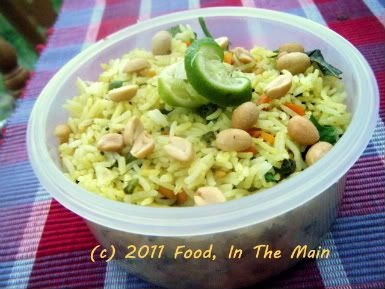 Ingredients:
2 cups basmati rice, cooked and cooled
2 cups vegetables, chopped into little cubes (potatoes, carrots, green beans, peas, etc)
½ cup chopped red or white onion
2 cloves garlic
4-5 green chillies, sliced into thin rounds (add to taste or omit entirely)
1 tsp chana dal/kadalai paruppu
1 tsp urad dal/ulutham paruppu
1 tsp brown mustard seeds
1/2 tsp turmeric powder
1 tbsp oil
Salt to taste
Lemon/lime juice to taste
Coriander leaves and roasted/fried peanuts for garnish
Method:
1. Heat the oil in a big pan, then add the chana dal/kadalai paruppu, urad dal/ulutham paruppu and mustard seeds. Cover and let the mustard seeds pop.
Ingredients:
2 cups basmati rice, cooked and cooled
2 cups vegetables, chopped into little cubes (potatoes, carrots, green beans, peas, etc)
½ cup chopped red or white onion
2 cloves garlic
4-5 green chillies, sliced into thin rounds (add to taste or omit entirely)
1 tsp chana dal/kadalai paruppu
1 tsp urad dal/ulutham paruppu
1 tsp brown mustard seeds
1/2 tsp turmeric powder
1 tbsp oil
Salt to taste
Lemon/lime juice to taste
Coriander leaves and roasted/fried peanuts for garnish
Method:
1. Heat the oil in a big pan, then add the chana dal/kadalai paruppu, urad dal/ulutham paruppu and mustard seeds. Cover and let the mustard seeds pop.
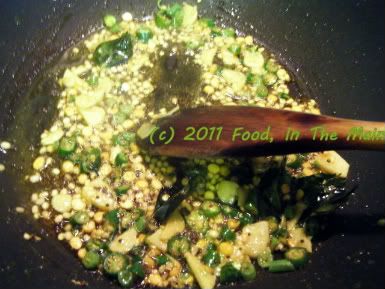 2. When the dals are golden brown, add the chopped garlic, the chillies and the onion along with the turmeric powder and fry on medium heat till the onions begin to turn translucent and soft.
3. Now add the chopped vegetables and sprinkle 3-4 tbsp water over them. Turn the heat down as low as it will go, then cover the pan and let the vegetables cook till they’re done – say 10-12 minutes.
2. When the dals are golden brown, add the chopped garlic, the chillies and the onion along with the turmeric powder and fry on medium heat till the onions begin to turn translucent and soft.
3. Now add the chopped vegetables and sprinkle 3-4 tbsp water over them. Turn the heat down as low as it will go, then cover the pan and let the vegetables cook till they’re done – say 10-12 minutes.
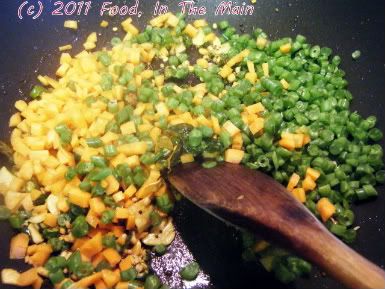 4. Once the vegetables are cooked, get rid of any excess water by turning the heat up and stirring the vegetables about for 1-2 minutes.
5. Now add the cooked rice, sprinkle on salt to taste and add 3-4 tbsp of lemon/lime juice.
4. Once the vegetables are cooked, get rid of any excess water by turning the heat up and stirring the vegetables about for 1-2 minutes.
5. Now add the cooked rice, sprinkle on salt to taste and add 3-4 tbsp of lemon/lime juice.
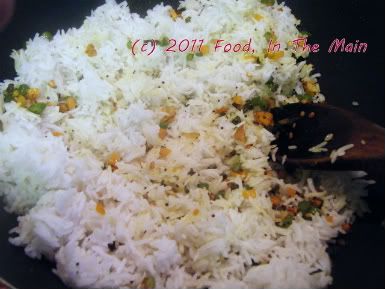
Mix carefully till the ingredients are well incorporated. Add more lime/lemon juice according to taste.
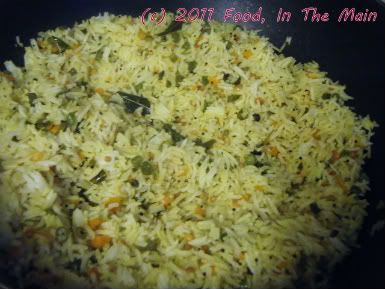 6. Garnish with coriander leaves and fried peanuts. Serve hot with potato crisps or other fried snacks or pickles of choice. (I like it with avakkai.)
RECIPE: LEMONY VEGETABLE RICE
Ingredients:
2 cups basmati rice, cooked and cooled
2 cups vegetables, chopped into little cubes (potatoes, carrots, green beans, peas, etc)
½ cup chopped red or white onion
2 cloves garlic
4-5 green chillies, sliced into thin rounds (add to taste or omit entirely)
1 tsp chana dal/kadalai paruppu
1 tsp urad dal/ulutham paruppu
1 tsp brown mustard seeds
1/2 tsp turmeric powder
1 tbsp oil
Salt to taste
Lemon/lime juice to taste
Coriander leaves and roasted/fried peanuts for garnish
Method:
1. Heat the oil in a big pan, then add the chana dal/kadalai paruppu, urad dal/ulutham paruppu and mustard seeds. Cover and let the mustard seeds pop.
2. When the dals are golden brown, add the chopped garlic, the chillies and the onion along with the turmeric powder and fry on medium heat till the onions begin to turn translucent and soft.
3. Now add the chopped vegetables and sprinkle 2-3 tbsp water over them. Turn the heat down as low as it will go, then cover the pan and let the vegetables cook till they’re done – say 10-12 minutes.
4. Once the vegetables are cooked, get rid of any excess water by turning the heat up and stirring the vegetables about for 1-2 minutes.
5. Now add the cooked rice, sprinkle on salt to taste and add 3-4 tbsp of lemon/lime juice. Mix carefully till the ingredients are well incorporated. Add more lime/lemon juice according to taste.
6. Garnish with coriander leaves and fried peanuts. Serve hot with potato crisps or other fried snacks, or pickles of choice.
6. Garnish with coriander leaves and fried peanuts. Serve hot with potato crisps or other fried snacks or pickles of choice. (I like it with avakkai.)
RECIPE: LEMONY VEGETABLE RICE
Ingredients:
2 cups basmati rice, cooked and cooled
2 cups vegetables, chopped into little cubes (potatoes, carrots, green beans, peas, etc)
½ cup chopped red or white onion
2 cloves garlic
4-5 green chillies, sliced into thin rounds (add to taste or omit entirely)
1 tsp chana dal/kadalai paruppu
1 tsp urad dal/ulutham paruppu
1 tsp brown mustard seeds
1/2 tsp turmeric powder
1 tbsp oil
Salt to taste
Lemon/lime juice to taste
Coriander leaves and roasted/fried peanuts for garnish
Method:
1. Heat the oil in a big pan, then add the chana dal/kadalai paruppu, urad dal/ulutham paruppu and mustard seeds. Cover and let the mustard seeds pop.
2. When the dals are golden brown, add the chopped garlic, the chillies and the onion along with the turmeric powder and fry on medium heat till the onions begin to turn translucent and soft.
3. Now add the chopped vegetables and sprinkle 2-3 tbsp water over them. Turn the heat down as low as it will go, then cover the pan and let the vegetables cook till they’re done – say 10-12 minutes.
4. Once the vegetables are cooked, get rid of any excess water by turning the heat up and stirring the vegetables about for 1-2 minutes.
5. Now add the cooked rice, sprinkle on salt to taste and add 3-4 tbsp of lemon/lime juice. Mix carefully till the ingredients are well incorporated. Add more lime/lemon juice according to taste.
6. Garnish with coriander leaves and fried peanuts. Serve hot with potato crisps or other fried snacks, or pickles of choice.


